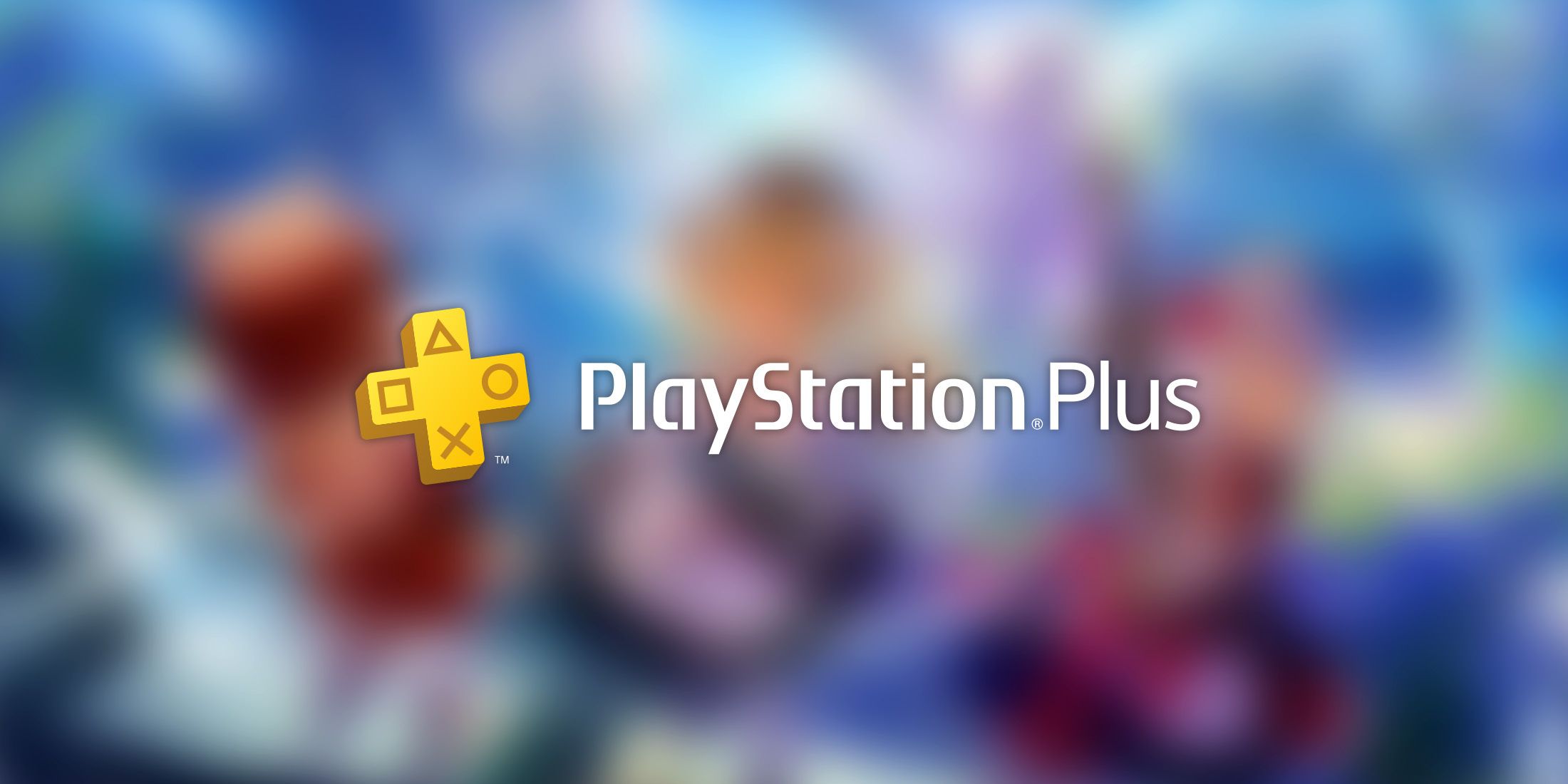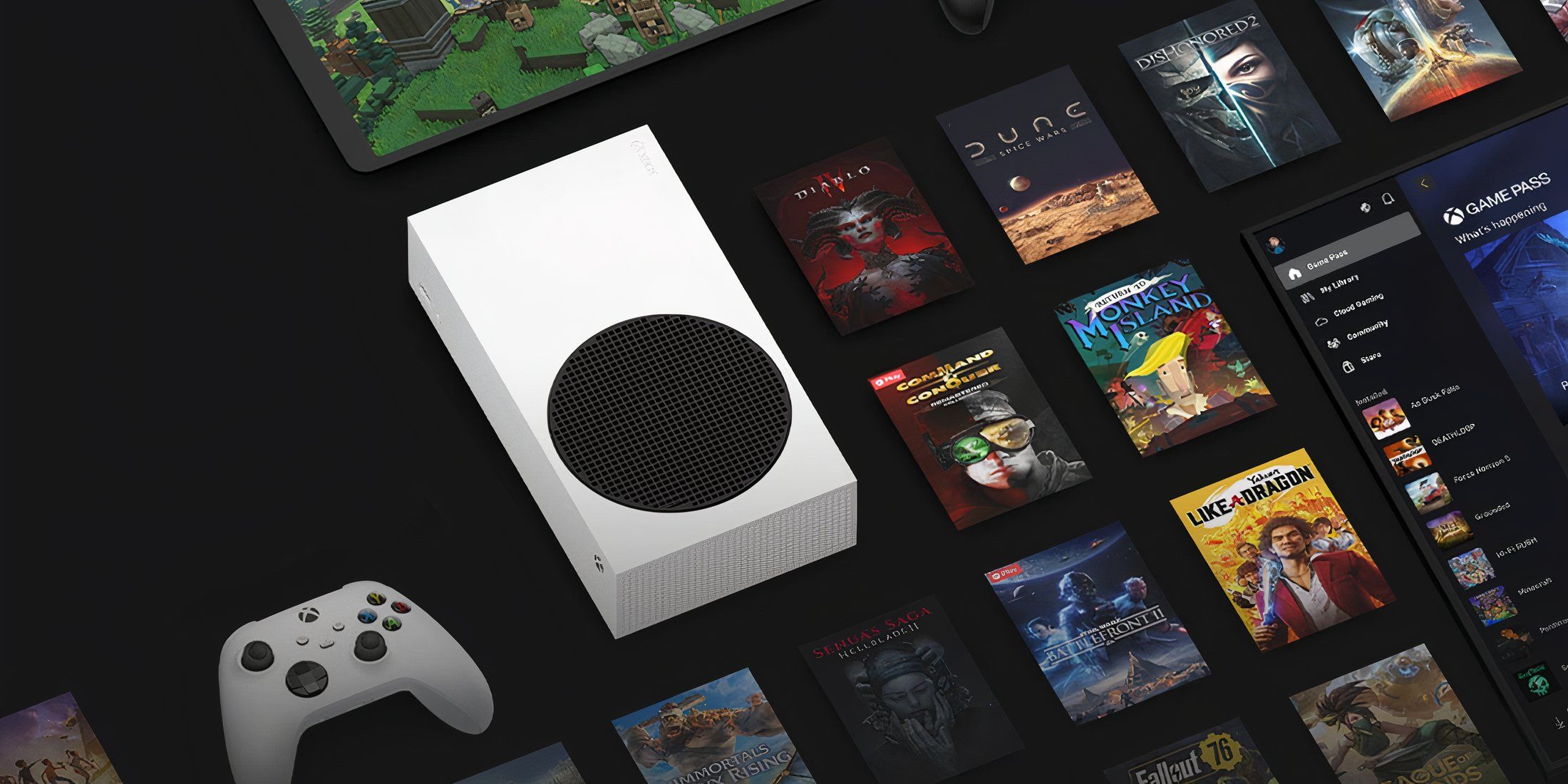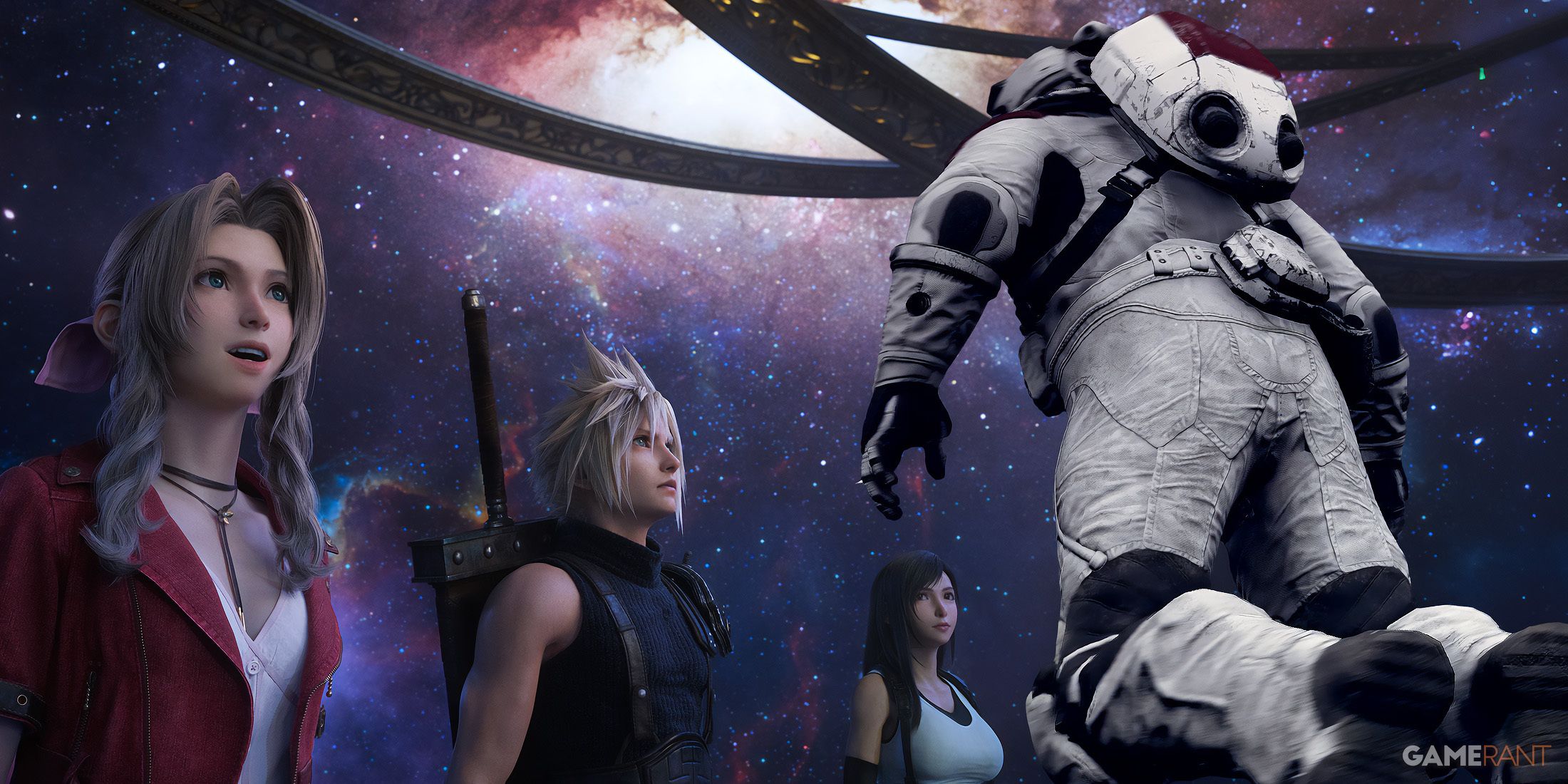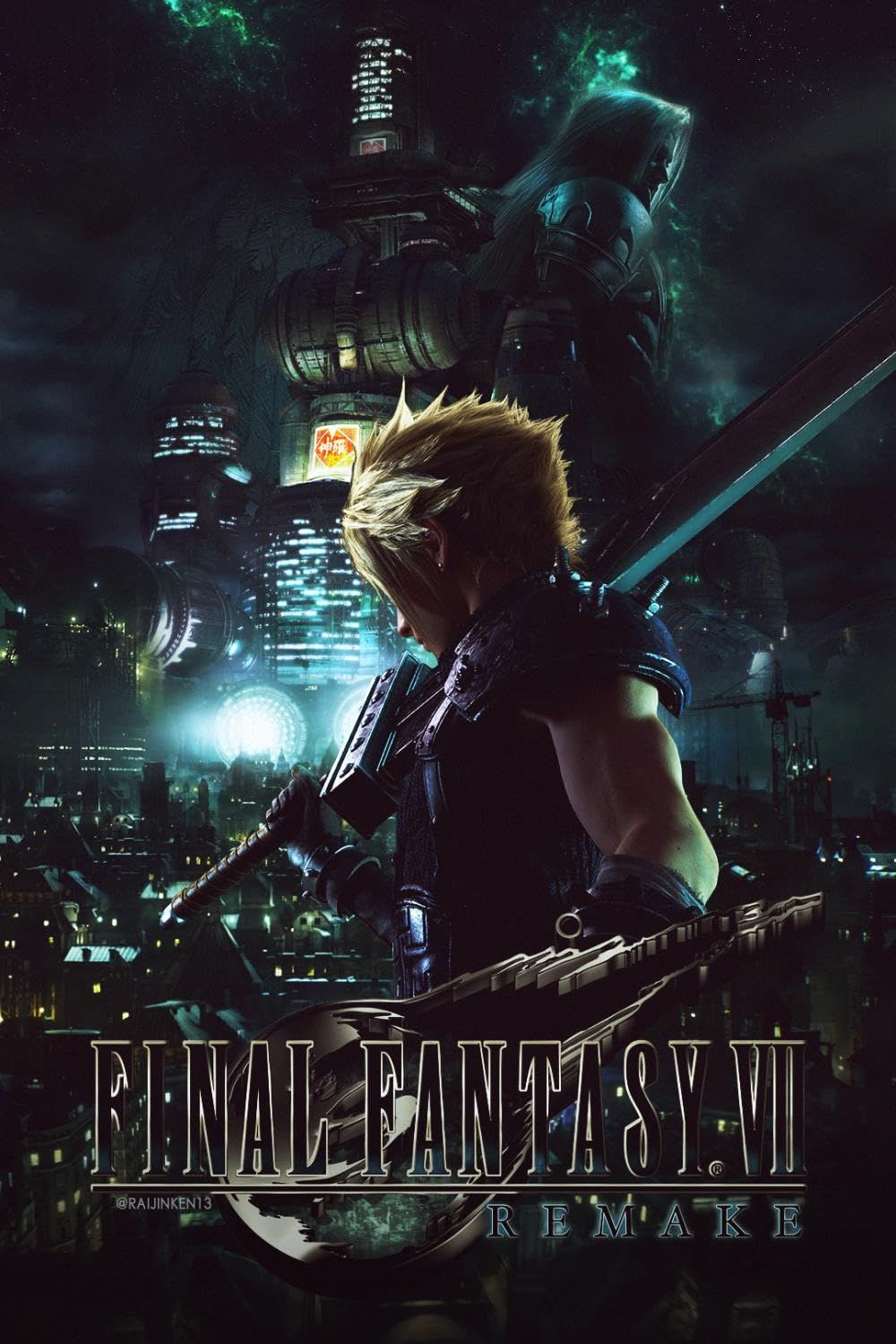A lot is riding on Final Fantasy 7 Remake Part 3. Not quite a true remake of the 1997 original, the first part of the Final Fantasy 7 Remake project left a lot of plot threads hanging in its final chapter, and while this year's Final Fantasy 7 Rebirth tied a few of those loose ends up, its own final moments brought up some brand new questions. Now, it's up to Final Fantasy 7 Remake Part 3 to bring everything together in a cohesive, satisfying way, which is much easier said than done.
But bringing the saga's ridiculously complex narrative to a satisfying conclusion isn't Final Fantasy 7 Remake Part 3's only worry. With each part in the FF7 Remake project seemingly taking a few years to develop and release, fans will be expecting some sizable improvements to gameplay for Part 3, just as they did with Rebirth. And when it comes to adapting and evolving the mechanics found in the 1997 original's final act, Final Fantasy 7 Remake Part 3 needs to be careful not to repeat a Starfield mistake.
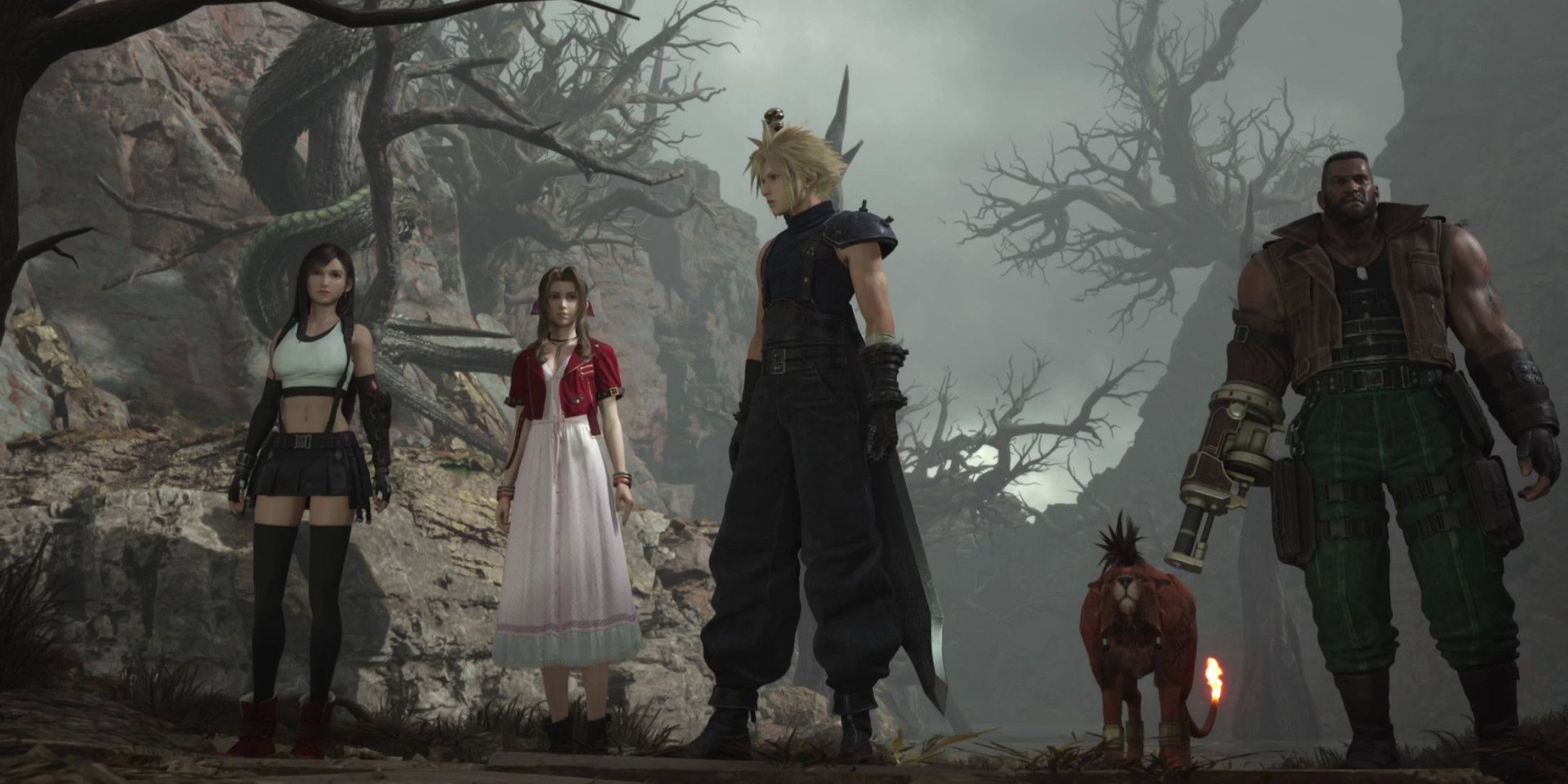
Final Fantasy 7 Remake Part 3 Needs to Rectify One Disappointment from FF7 Rebirth
The next Final Fantasy 7 remake chapter has a chance to include one feature that was sadly missing from Final Fantasy 7 Rebirth.
Final Fantasy 7 Remake Part 3 Can't Fall Into a Starfield Traversal Trap
Starfield's Traversal Leaned Too Heavily on Fast Travel
One of the most common criticisms surrounding Starfield upon its launch last year was its overreliance on fast travel. Over the last few years, Sci-Fi games have handled space exploration and traversal in a variety of different ways, but arguably it's at its most engaging when players can seamlessly traverse between different planets and space. For instance, games like No Man's Sky and Star Citizen allow players to manually enter a planet's atmosphere and control exactly where they land.
Unfortunately, Starfield's ship traversal is much more restrictive. Upon entering their ship, players can press a button to take off, which will present them with a brief cutscene and a loading screen. Once in space, they'll be able to select a planet to warp to, which brings up another cinematic and loading screen.
Finally, approaching a planet and pressing the button to land will initiate another loading screen. While players can skip a few steps by just fast-traveling directly to another planet, this approach makes Starfield's universe feel surprisingly small, and the constant interruptions of loading screens and menu navigation don't do a great job of immersing the player in the world.
Final Fantasy 7 Remake Part 3's Highwind Needs to be Fully Controllable
In the final act of the original 1997 Final Fantasy 7, players get to control the gigantic Highwind airship. Players can freely fly the Highwind across Final Fantasy 7's map, manually landing it wherever they'd like.
Final Fantasy 7 Remake 's next entry must capture this feature from the original game and unlike Starfield it needs to ensure that players are in full control of the ship at all times and can manually explore the world with it with no loading screens cutting immersion off abruptly.
In Final Fantasy 7 Rebirth, players are given brief control over the Tiny Bronco airplane while it's on its way to Cosmo Canyon. However, all players can do is move the plane slightly while it travels forward on its predetermined path. Players have a bit more control over the Tiny Bronco when it becomes a boat, as players can use it to freely explore the waters surrounding Costa del Sol, and dock at different optional areas dotted around the coast. An important part of Final Fantasy 7 Rebirth was how it evolved the original's open world, and Part 3 needs to do the same for the original's flight mechanics.

